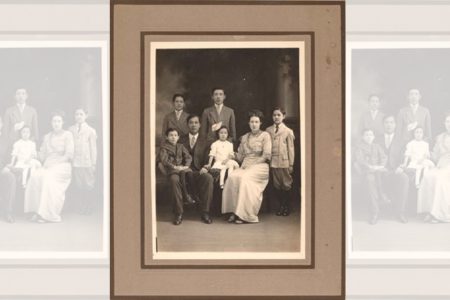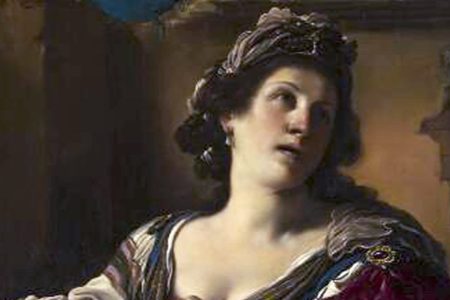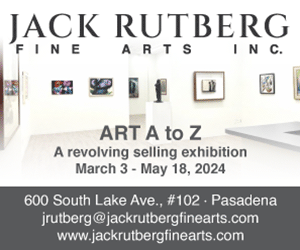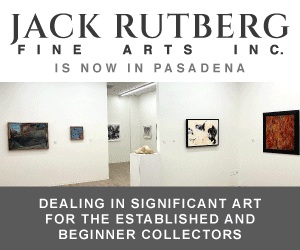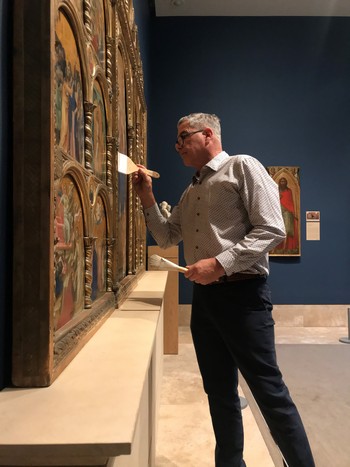
Norton Simon Conservator John Griswold
You could watch documentaries and biopics on Netflix and Hulu and Amazon Prime until the year 2525 (that is, if humans are still alive, as goes the popular song of the 1960s) and most likely would not learn as much as you might from visiting the Norton Simon Museum from Home website.
As nearly every museum in the world shutters down, digital doors are being flung open and the Norton Simon is no exception. Of particular note is the museum’s Dispatches from the Conservation Studio series, monthly essays detailing some of the stories behind artworks and artists.
This is a serious art lover’s playground, like liner notes from a favorite musician’s vinyl album.
In the latest entry, museum conservator John Griswold discusses Vincent Van Gogh’s Mother portrait, and its odd green-and-yellow coloring. A trick of the light or faded pigment? Both? Neither?
“Van Gogh sought to imbue a black-and-white photograph of his mother with ‘a harmony of color,’” Griswold writes. “He was particularly adept at combining complementary colors to achieve vibrancy from their harmonies. When the roses were pink, they would have served as a perfect complement to the light green. Such combinations of complementary colors fascinated Van Gogh.”
Griswold continues, “The soft pinks of his mother’s face, set against the brilliant green background, and likely vibrating with greenish and yellow passages in the shadows and reflected light of her features, must have figured prominently in his efforts to create visual harmony in the portrait.
“He told [his brother] Theo of his intention to achieve a gray or ‘ashy’ quality to his mother’s face. Since complementary colors of the same value can combine to form what is called an ‘optical gray,’ this may have been what Van Gogh was going for here — hence the pale yellowish-green hue mixed with red lake.”
Heady stuff for art lovers, and available for the cost of a click and a glance. And that’s just a starting point.
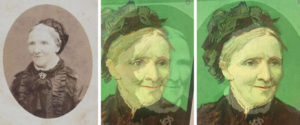
Unveiling Van Gogh’s creative process: “Van Gogh almost certainly projected an enlarged image of his carte-de-visite [photo portrait, left] onto the canvas using an optical device called an episcope, in which the image was reversed upon projection. These images demonstrate the precise registration between the reversed photograph and the painted portrait.”
Not every sculpture needs an isolator, only those considered the most vulnerable to earthquake damage, Griswold says; he adds that the isolator mechanism allows the floor to move under the sculpture, thanks to a special array of springs and bearings.
“The mechanism is hidden inside the pedestal behind fall-away side walls, held loosely in place with magnets,” he writes.
The dispatches are a virtual sandbox for art lovers eager to delve more deeply into the practical art of displaying the museum’s works.
Dispatches is available here.




